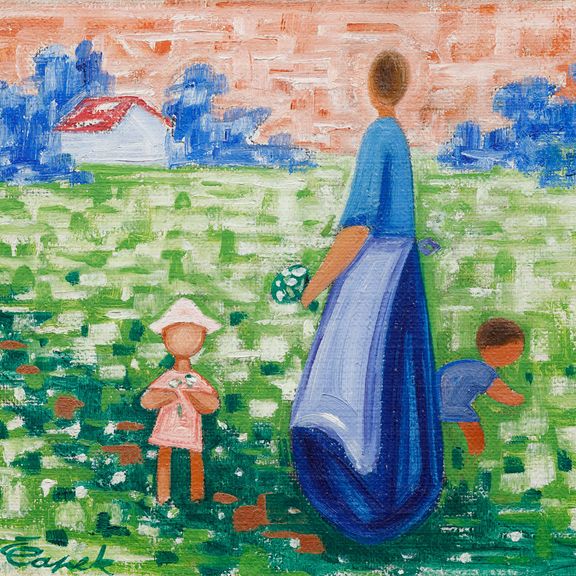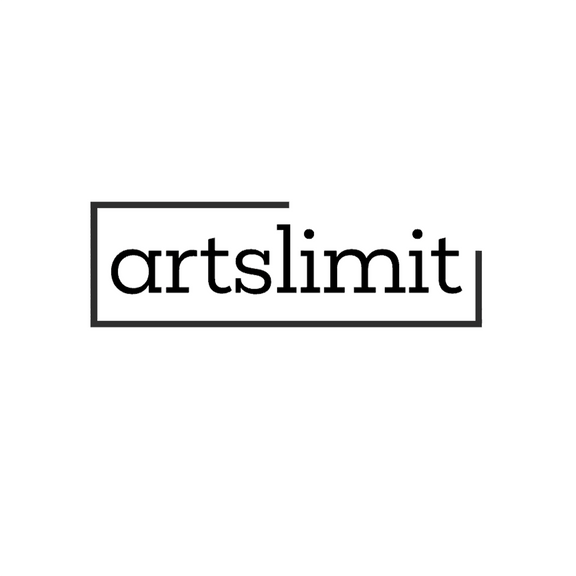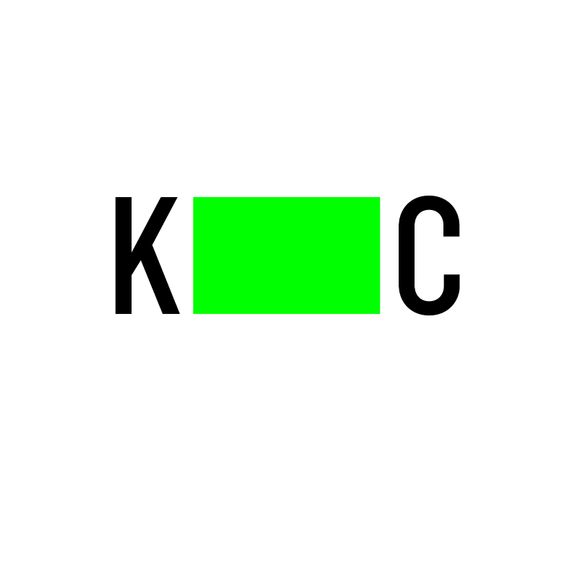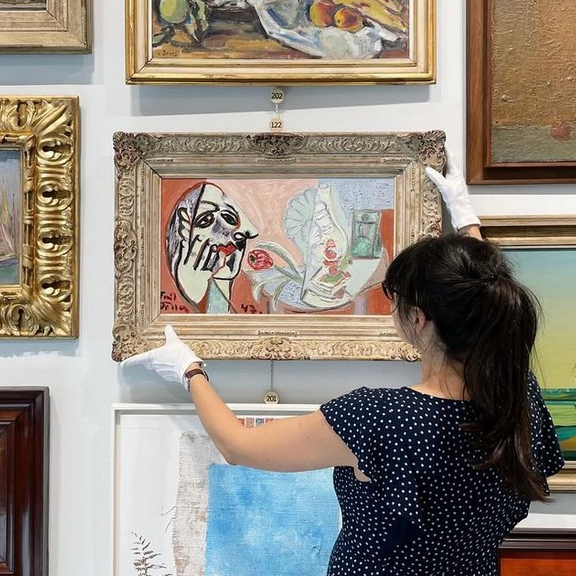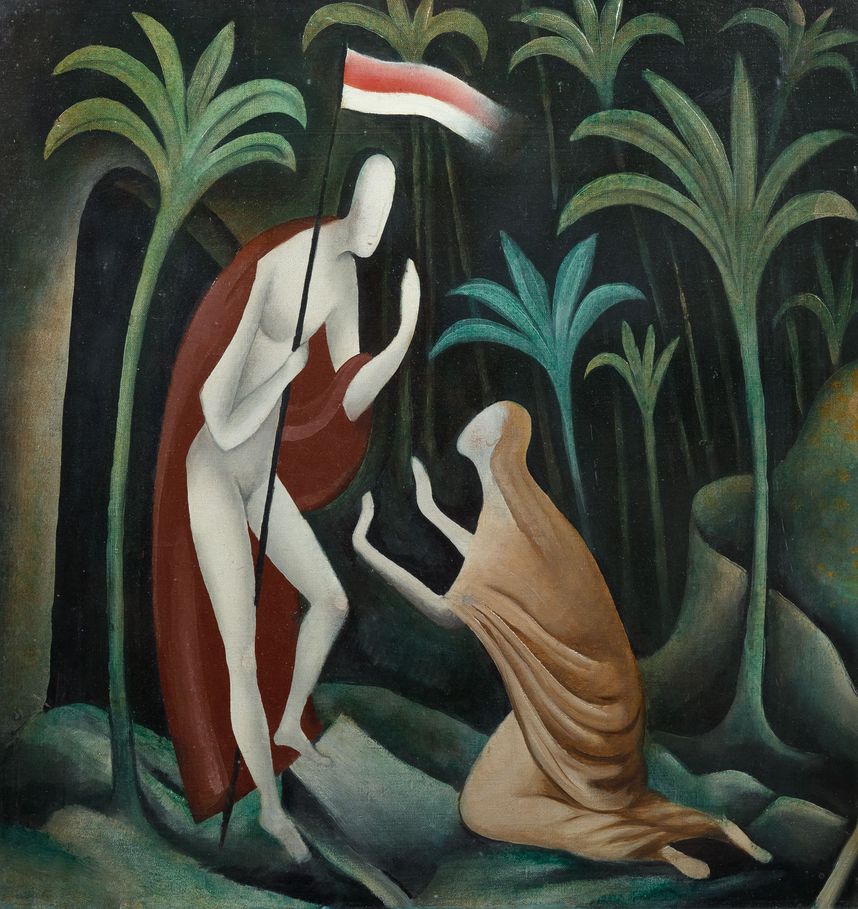
oil on canvas laid down on a board
1915–1918
not signed
48 × 45 cm
framed
This hitherto unknown oil painting by Jan Zrzavý, which was part of a single collection since its execution, is an extraordinary work from the artist’s most sought-after and valuable creative period. Zrzavý donated it to the first owner, as evidenced by the attached correspondence. There is also a known drawing for the painting (Noli Me Tangere, charcoal on paper, 1915, 45 × 43 cm, private collection, repeatedly exhibited and reproduced, see J. Zrzavý: Jan Zrzavý Remembers Home, Childhood and Youth, Prague 1971, fig. 29; K. Srp: Jan Zrzavý, Prague 2003, p. 179; K. Srp: Jan Zrzavý, Prague 2012, p. 197). Not only this makes the presented work a unique discovery and, at the same time, a rare opportunity for collectors of modern art.
The subject matter comes from the Gospel of John when Jesus first appeared to Mary Magdalene after she discovered his empty tomb. He told her: “Do not touch Me, for not yet have I ascended to the Father.” (John 20:17), indicating that their relationship was changing into a relationship of faith. This subject matter has been popular among artists since ancient times. Zrzavý chose it as another of the motifs of the relationship between two figures, which he set in undulating landscapes with palm trees. He considered these paintings among the best of his works from his young years, fascinated by reading the Bible, especially the Gospel of John. For the figure of Jesus, he was inspired by the panel of the Resurrection from the Master of the Třeboň Altarpiece. For the figure of Mary Magdalene, he found inspiration in the frescoes of Giotto di Bondone in the Padua Chapel of the Scrovegni family.
The work’s collectible value is enhanced by its presentation at the artist’s solo exhibition in the Der Sturm gallery, Berlin (Jan Zrzavy, Gemälde, Plakate der I.V., October 1925, cat. No. 13) and at his exhibition in the Municipal House in Prague (Jan Zrzavy, Works from 1905 –1940, March − April 1940, cat. No. 52). He also mentioned the painting in one of his texts: “A painting of the same name executed based on a drawing, oil on canvas, 43.5 × 46, from 1915 from the property [...].” (J. Zrzavý, ed.: Work of Jan Zrzavý 1906–1940, Prague 1941, p. 303) Attached is the correspondence between the artist and the owners, in which, among other things, they agreed on the artist signing the painting; unfortunately, it never happened. The painting is presented in elegant framing. Assessed during consultations by prof. J. Zemina and PhDr. R. Michalová, Ph.D. The expertise of PhDr. K. Srp is attached.
